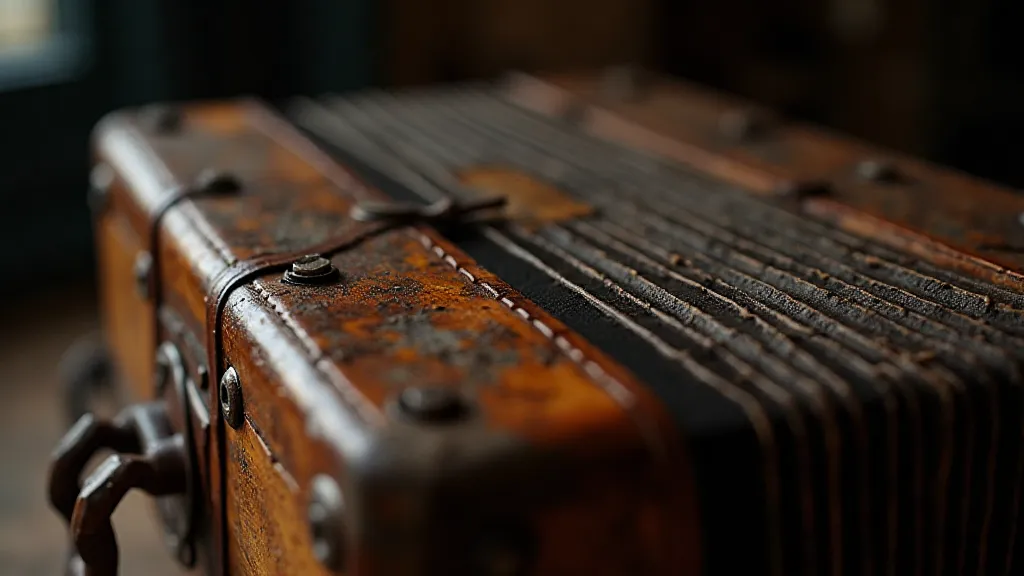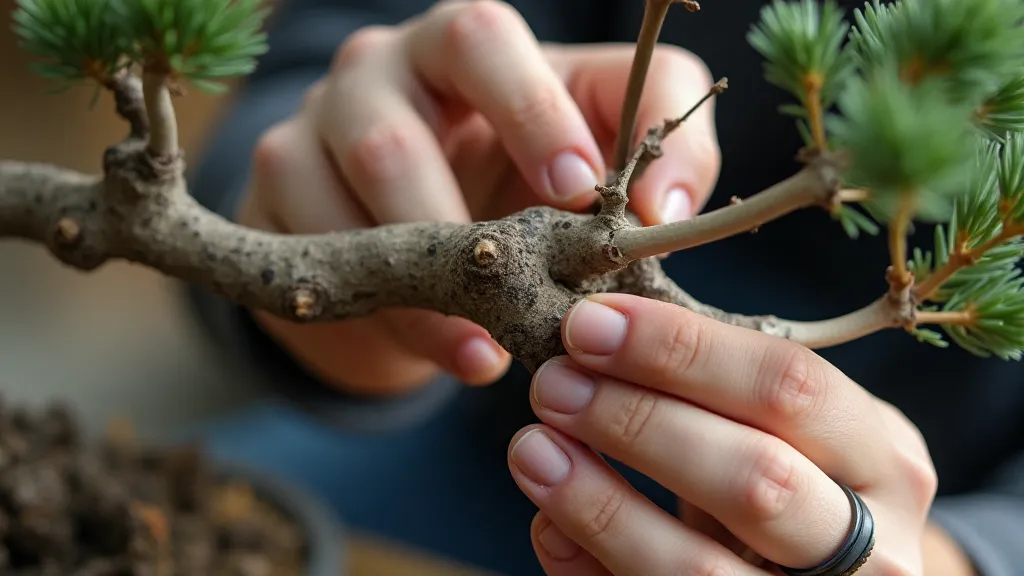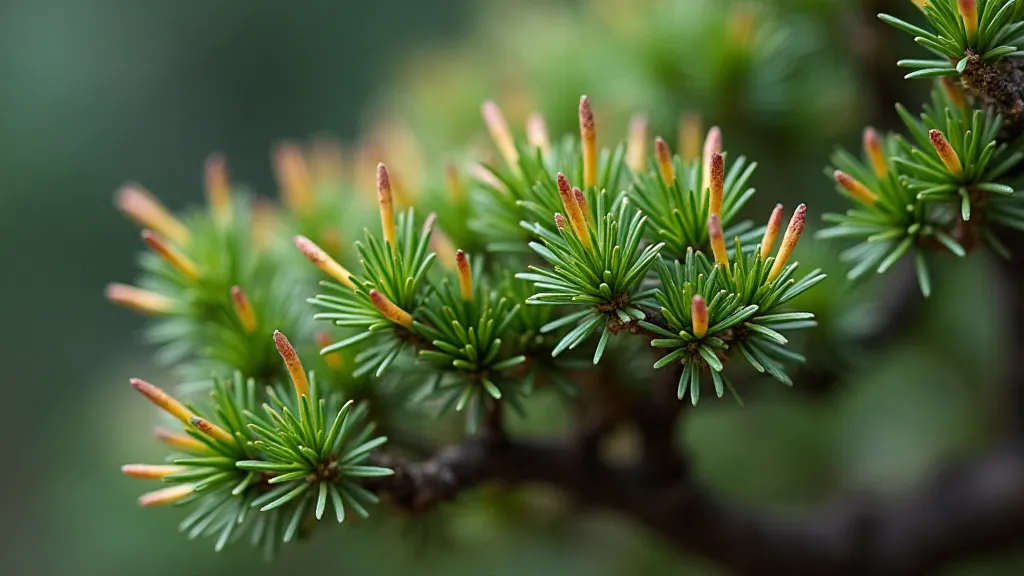Root’s Lament: Repotting & Confronting Creative Stagnation
There's a peculiar resonance between repotting a juniper bonsai and confronting a creative block. Both involve a necessary upheaval, a digging-in, a confrontation with what lies beneath the surface. For a bonsai enthusiast, repotting isn't merely a horticultural task; it’s a moment of intimate observation, a chance to assess the health and vigor of a living sculpture. Similarly, for a writer, that nagging feeling of stagnation, that inability to conjure compelling words, often demands a similar level of discomfort – a willingness to expose vulnerabilities and reconsider foundational approaches.
My own journey with bonsai, and particularly with junipers, began quite unexpectedly. I’m a writer by trade, a teller of stories. The silence of a juniper, the stoic perseverance of its growth, offered a counterpoint to the constant, often frantic, flow of words. It’s a living, breathing meditation. But it wasn't the peaceful serenity of a perfectly sculpted tree that initially drew me in; it was the struggle – the visible signs of age, the gnarls, the imperfections, the quiet defiance of gravity.
That initial juniper was a particularly stubborn *Juniperus procumbens ‘Nana’*, a cultivar known for its low, spreading habit. It was an inherited specimen, neglected for years and desperately needing attention. The roots were a tangled mass, choking on themselves within a pot that felt more like a prison. The repotting process was arduous, a slow and painstaking unraveling of years of inertia. As I gently teased apart the roots, I found myself reflecting on my own writing process – the times I’d clung to familiar narratives, resisted new perspectives, and allowed fear to dictate my choices. The juniper's root system felt like a metaphor for my creative stagnation: intertwined, constricted, and desperately in need of fresh soil and space to breathe.

The parallel with antique accordions is striking. I collect them, you see. These instruments, often centuries old, are testaments to the human desire to create beauty and express emotion. The craftsmanship is breathtaking - the intricate carvings, the hand-stitched bellows, the precise arrangement of reeds. They’ve weathered wars, famines, and countless hands. Each mark, each imperfection, tells a story. Like a bonsai, they represent perseverance and adaptation. Think of the accordion maker, painstakingly shaping the wood, adjusting the reeds – their focus, their dedication, their artistic vision imprinted on the finished product. It’s a visceral connection to the past, a tangible link to a lineage of artisans.
The Juniper’s Whisper: A Repotting Guide
Let’s turn to the practicalities of repotting. It's a task best undertaken in early spring, just as the tree begins to emerge from dormancy. First, gently remove the juniper from its pot, taking care not to damage the roots. Use a root hook to loosen the soil and gently pry the root ball out. Next, prune away any circling roots – roots that have begun to grow around the pot, effectively strangling the tree. This is a crucial step, vital for encouraging new, outward-growing roots. Don’t be afraid to be aggressive; junipers are resilient and can tolerate significant root pruning.
When repotting, use a well-draining bonsai soil mix, typically a blend of akadama, pumice, and lava rock. This mixture allows for excellent aeration and drainage, essential for healthy root development. Position the juniper in the new pot, ensuring that the root flare (the point where the trunk widens into the roots) is visible above the soil line. Fill in around the roots with the bonsai soil mix, gently tamping it down to eliminate air pockets.
The selection of pot itself is also important. It shouldn’t just be aesthetically pleasing; it should complement the juniper’s style and age. A weathered stone pot can add character to an older tree, while a more contemporary ceramic pot might suit a younger, more minimalist design. This mirrors the choices we make in writing—choosing the right voice, the right structure, the right tone to convey the story we want to tell. A mismatch can create dissonance.
Wiring & Styling: Shaping Resilience
Beyond repotting, junipers offer endless opportunities for styling. Wiring is a key technique, allowing you to gently guide branches into desired positions. It’s a delicate process that requires patience and a keen eye for aesthetics. Too much pressure can damage the bark, while too little won’t achieve the desired effect. Wiring a juniper is akin to editing a manuscript – painstakingly refining the structure, strengthening the flow, shaping the narrative.

The concept of 'age' is fascinating in bonsai. While technically ‘old’ implies a certain number of years, it’s more accurately reflected in the tree’s appearance. A juniper that has been meticulously cared for, subjected to careful pruning and wiring, will exhibit the character of a much older specimen. It bears the marks of its journey—the subtle twists, the slight bends, the quiet strength that comes from enduring.
Common Challenges & The Creative Block
Even with the best care, junipers can encounter problems. Red spider mite infestations are a common occurrence, particularly in hot, dry conditions. These tiny pests can quickly weaken a tree, leaving behind a telltale webbing and a mottled appearance. Treating infestations requires persistence and careful application of appropriate miticides. Similarly, creative stagnation can be insidious. It creeps in unnoticed, draining the joy from the writing process.
Like identifying and treating red spider mite, confronting a creative block demands honest self-assessment. It may require revisiting foundational principles, experimenting with new techniques, or even stepping away from the work entirely to gain perspective. Sometimes, the answer isn't to force the writing, but to nurture the creative spirit—to seek inspiration from unexpected sources, to embrace vulnerability, and to allow the story to unfold organically.

Winter Protection & The Enduring Story
Finally, winter protection is essential for junipers in colder climates. Mulching around the base of the tree helps insulate the roots, while wrapping the trunk with burlap can protect it from harsh winds and temperature fluctuations. This echoes the need to safeguard our creative endeavors - to protect our work from criticism, to nurture our vision, and to persevere through difficult times. The juniper’s quiet resilience, its ability to withstand the elements, serves as a constant reminder of the power of perseverance.
The process of repotting a juniper, of wiring its branches, of shielding it from the elements—it's all an act of storytelling. Each cut, each bend, each carefully chosen pot adds a chapter to the tree's ongoing narrative. And just as a juniper embodies the beauty of imperfection, so too does a story find its strength in vulnerability, in honesty, and in the enduring power of the human spirit.





